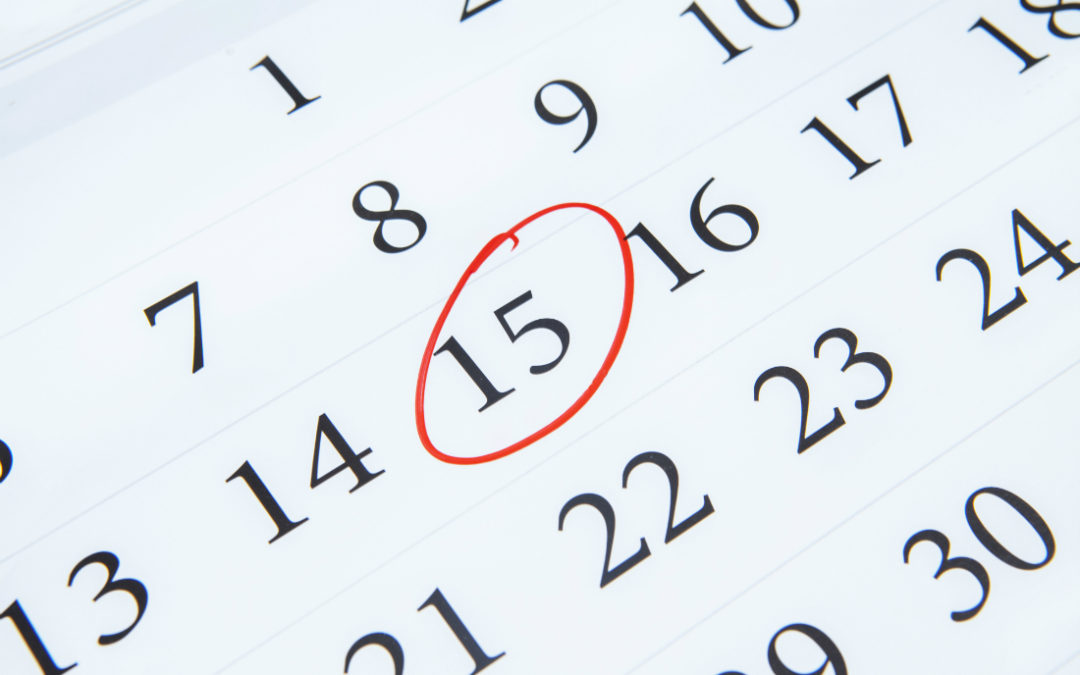Paying the proper amount of tax by the annual federal income tax filing deadline isn’t always enough to avoid penalties and interest; you must also meet requirements for paying tax throughout the year through withholding and/or quarterly estimated tax payments. If you have income from sources such as self-employment, interest, dividends, alimony, rent, prizes, awards or the sales of assets, you may have to pay estimated tax.
The rules to follow
Generally, you must pay estimated tax if both of these statements apply:
- You expect to owe at least $1,000 in tax after subtracting tax withholding and credits, and
- You expect withholding and credits to be less than the smaller of 90% of your tax for the year or 100% of the tax on your previous year’s return. There are special rules for farmers, fishermen, certain household employers and certain higher-income taxpayers.
If you’re a sole proprietor, partner or S corporation shareholder, you generally have to make estimated tax payments if you expect to owe $1,000 or more in tax when you file your return.
Making the estimated tax payments
Payments are spaced through the year into four periods or due dates. Generally, the due dates are April 15, June 15, Sept. 15 and Jan. 15, unless the date falls on a weekend or holiday.
Estimated tax is calculated by factoring in expected gross income, taxable income, taxes, deductions and credits for the year. The easiest way to pay estimated tax is electronically through the Electronic Federal Tax Payment System. You can also pay estimated tax by check or money order using the Estimated Tax Payment Voucher or by credit or debit card.
If you’d like assistance determining whether you need to pay estimated tax or calculating your payments, contact us.
